From sweltering summers to freezing winters, the smell of fish never seems to fade, and the determination to sell the best fish never leaves a fishmonger’s heart. Long ago, for New Yorkers who fished to sell their catch, their next stop was where everyone knew one another and were eager to see each other’s bounty: the Fulton Fish Market. I have always loved attending farmers’ markets. From Yorktown to Blacksburg, Richmond to Williamsburg, farmers’ markets are a chance to meet local vendors and their families, purchase and support small businesses, and create lasting relationships by regularly attending.
In New York City’s South Street Seaport, well before the Brooklyn Bridge was built,
the Fulton Fish Market was a mainstay for fishermen and seafood lovers who wanted the best catch.
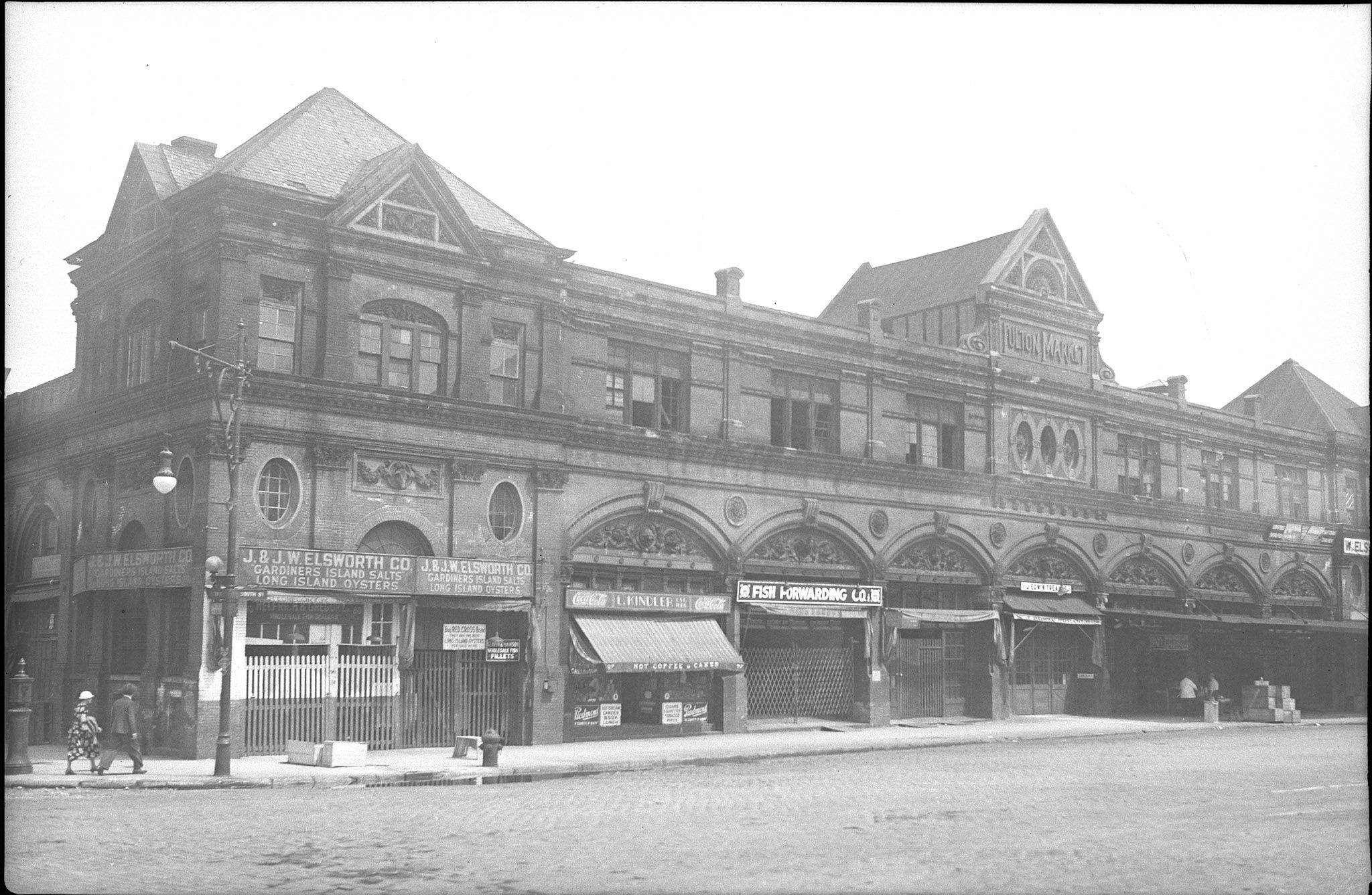
The market first opened in 1807, where it sold fish and goods other than seafood, but later moved to the location between Fulton and Beekman Streets, only a few blocks from Wall Street. Fulton soon became a mainstay for avid customers selecting fish, especially Brooklyn housekeepers and immigrant family members. It was not until after the mid-1850s that businesses and restaurants started becoming frequent buyers as Fulton was branching outward to national markets. In 1924 alone, the market sold 384 million pounds of fish and a variety of 200 kinds, no less!
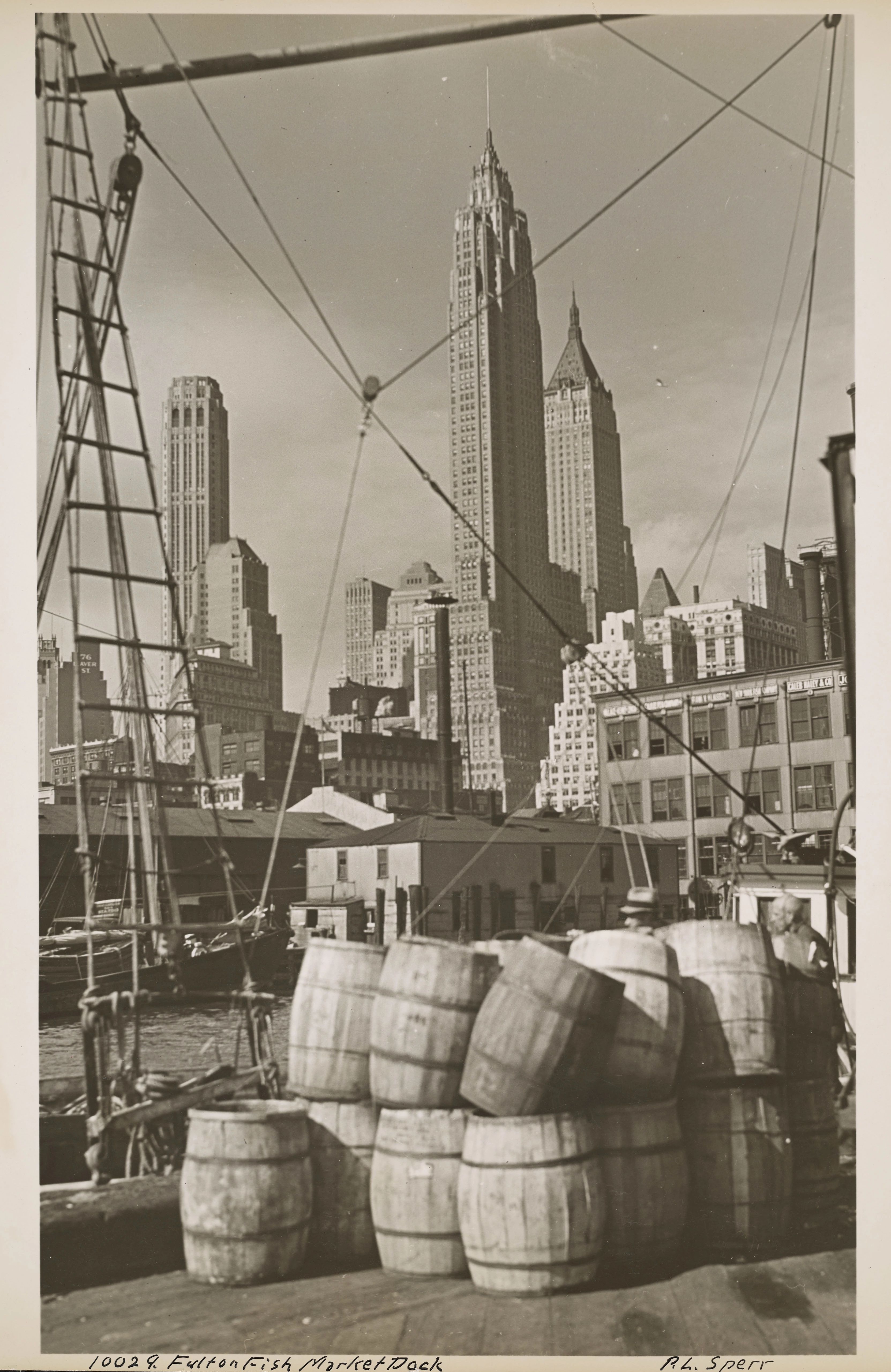
The market consisted of the “Tin Building” and the “New Building.” What happened to the old Tin Building, you might wonder? Well, in 1936, it sank into the bay after the pilings collapsed, and the structure slid into the water. One could imagine the fishermen unloaded so much of their catch that the weight caused it to collapse! As other ports developed in New Jersey and Philadelphia with national and regional buyers, the Fulton Fish Market started seeing a dip in sales in the 1930s.
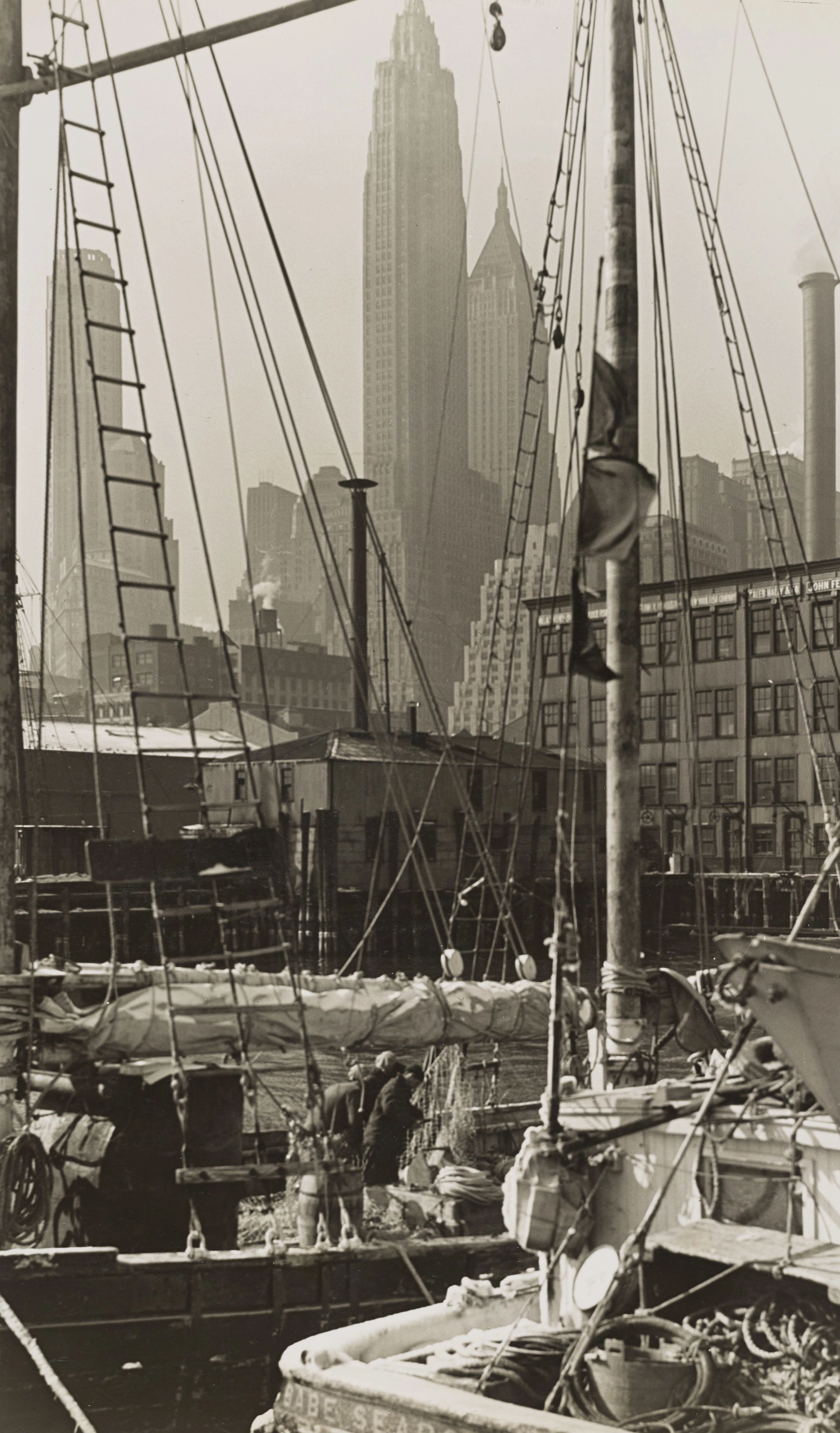
Fishmongers at the Fulton Fish Market’s early days were different from our stores today. Because restaurants and chefs were the majority of the market’s customers by the turn of the century, fish were often sold whole – scales, eyeballs, and all! Chefs usually know how to descale and prep fish for service, so buyers at the Fulton Market knew how to make the most of every inch of a whole fish!
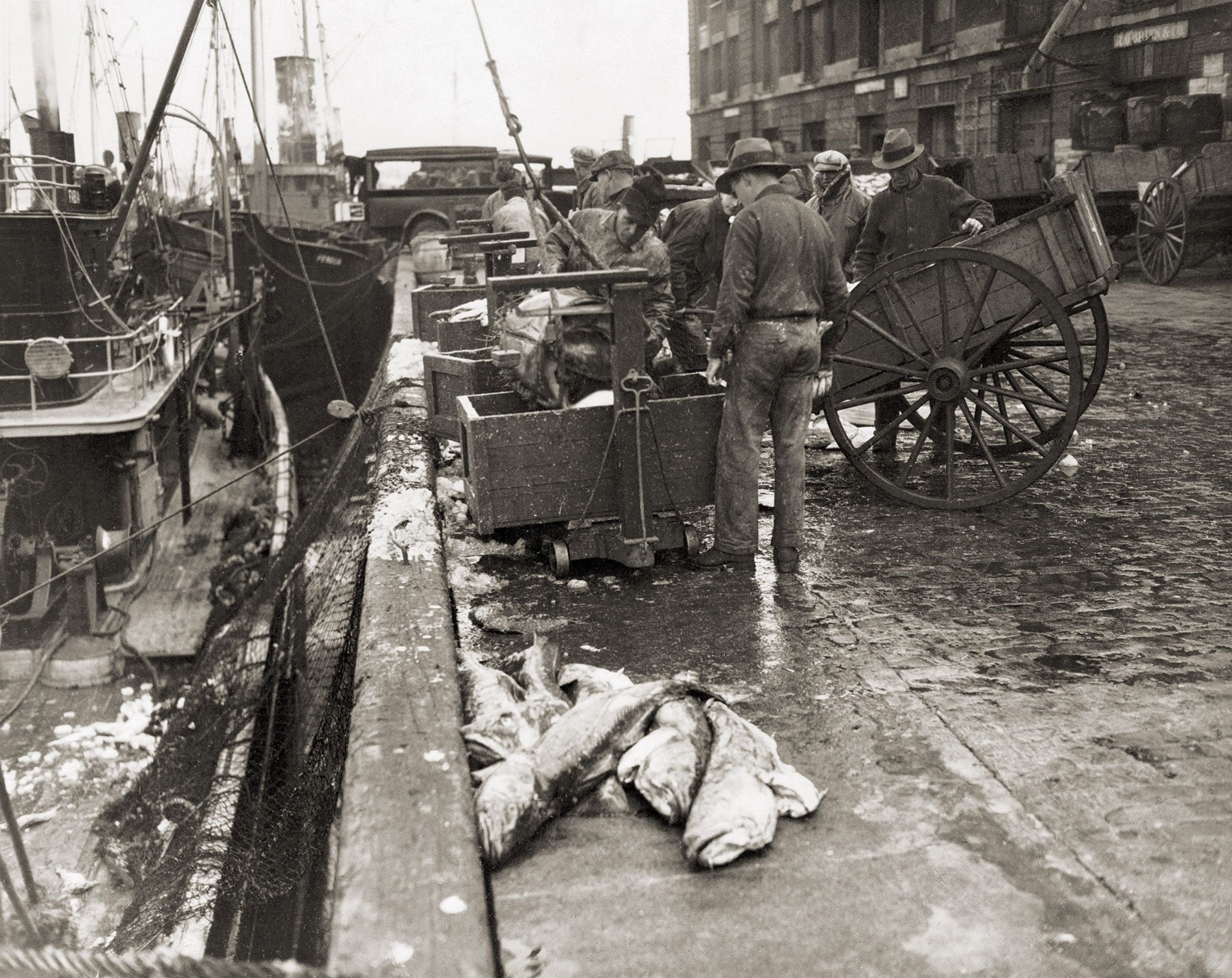
While fish were usually brought in via boat, as the market began to expand, many sellers would drop their catch off at the docks and wheel them in by carts or trucks.
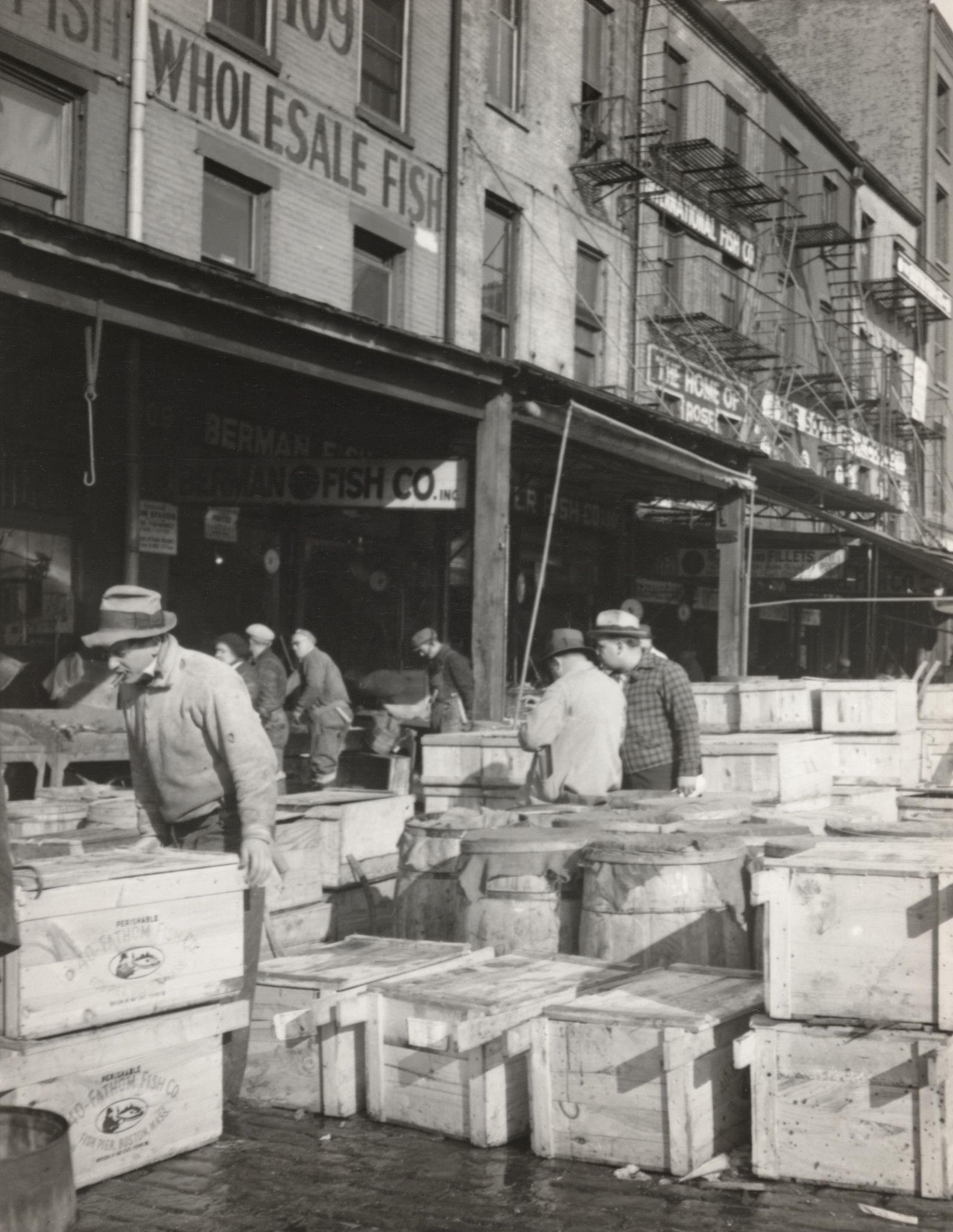
One of the most important aspects of the Fulton Fish Market was the history of generations of New Yorkers buying and selling the best catch. Many people learned the best days to purchase, what vendors were the best, and who offered the best prices so they’d get the most for their buck. Naturally, the Fulton Fish Market has had difficulties in its more than two hundred years of operation. In addition to the 1936 sinking of the old Tin Building, the market was set ablaze in 1995. Eventually, the Fulton Fish Market needed a complete reconstruction, and a remodel to satisfy its ever-growing clientele. This led to its move to the Bronx in 2005. Larger spaces and a new building allow Fulton Fish Market to continue its legacy, albeit as a shinier model.
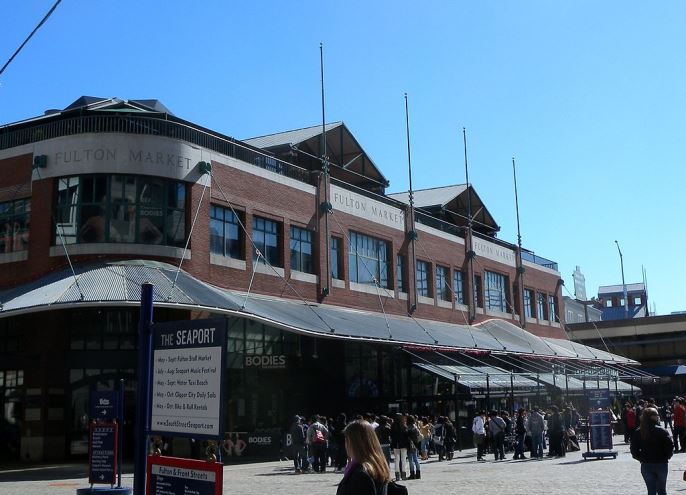
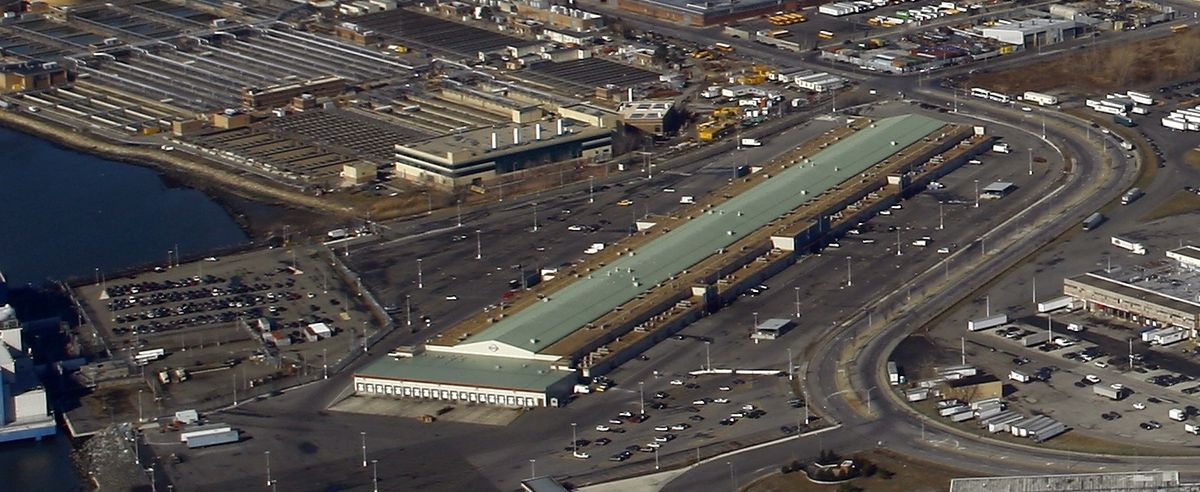
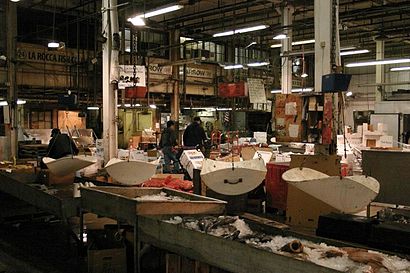
The history of the Fulton Fish Market showcases how our shared maritime heritage can unite and build communities. Generations of fishermen and fishmongers came together and formed lasting connections with one another to create lasting memories, endearing friendships, and always encouraging the growth of local businesses.
Sources
“About Us.” Fulton Fish Market. Meade Digital Enterprises. 2023. https://fultonfishmarket.com/.
Gill, John Freeman. “A Slice of the Fulton Fish Market Gets A New Life.” The New York
Times. February 28, 2020. Updated April 27, 2021. https://www.nytimes.com/2020/02/28/realestate/a-slice-of-the-fulton-fish-market-gets-a-new-life.html.
Graddy, Kathryn. “Markets: The Fulton Fish Market.” The Journal of Economic Perspectives,
vol. 20, no. 2. 2006. 207-220. http://www.jstor.org/stable/30033657.
